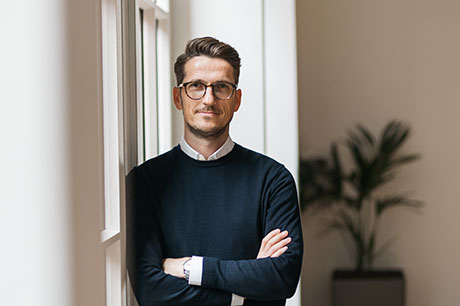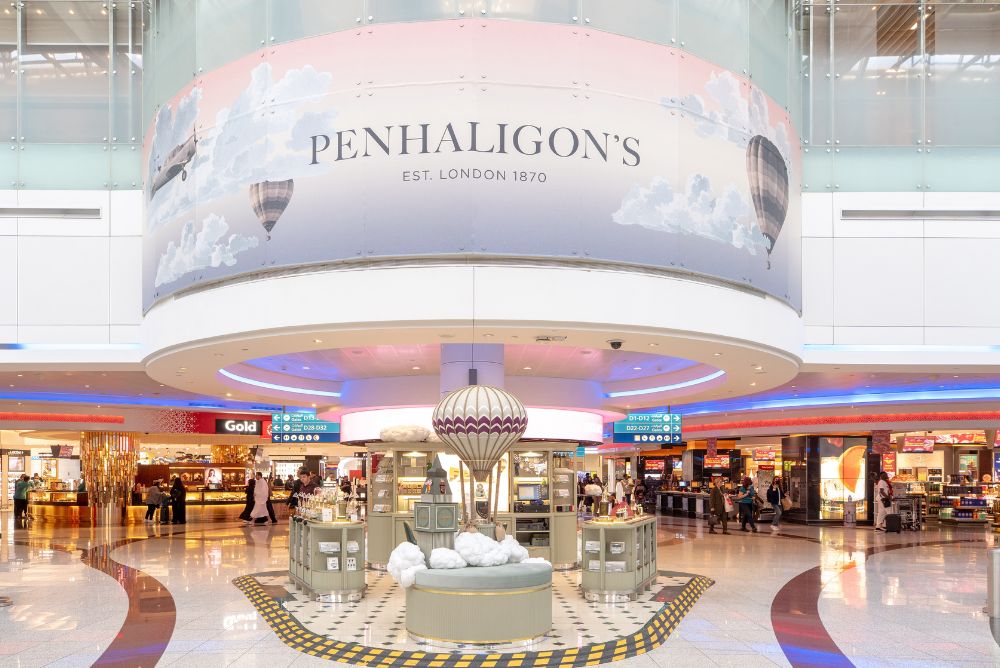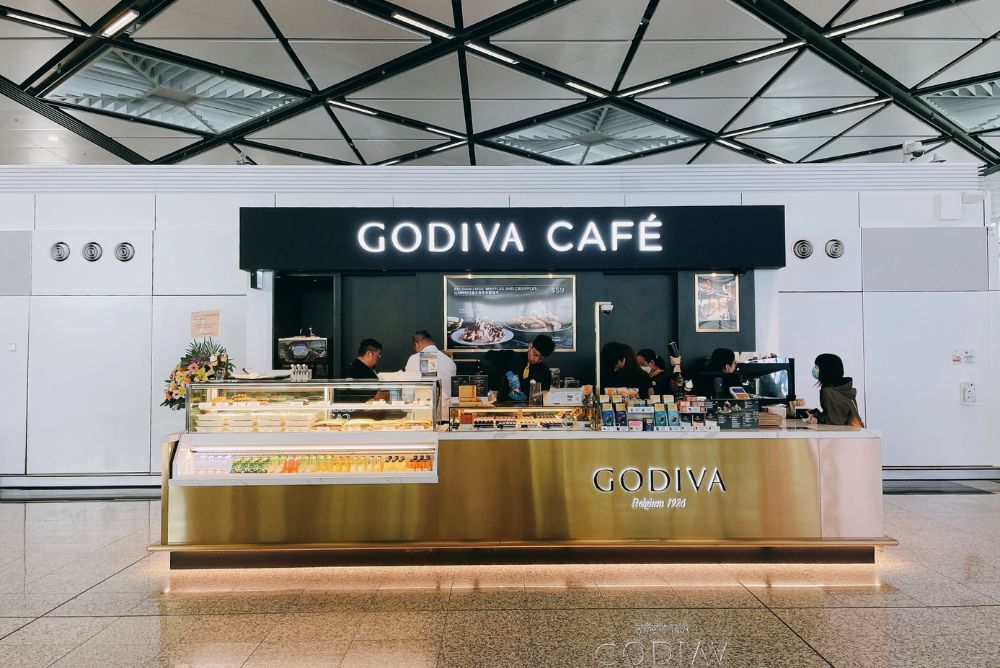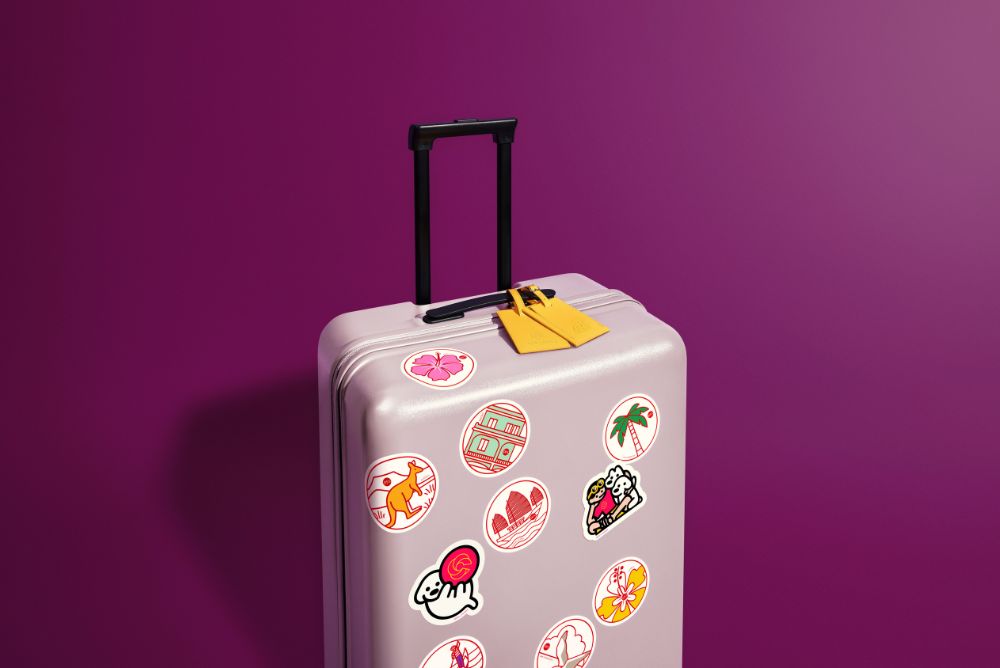Interview: Andrew Ford talks Paccaya for the first time
By Charlotte Turner |
In his first ever interview as the Founder of Paccaya, Andrew Ford says he believes that airport managers often overlook the basics when designing retail or F&B environments or worse still, do not see these aspects as part of their remit or responsibility.
Ford, who is also the President of the Asia Pacific Travel Retail Association (APTRA), believes that when airports are considering their retail and F&B options it’s quite often the fundamentals that aren’t fully exploited.
“Is there a real understanding of the demands of the key nationalities using the airport?” he asks. “Is wayfinding simple and easy to use by the key nationalities? Is the shopping exciting – for example, do specific categories (e.g. single malt whisky) have enough space to tell a story (or is it simply bottles on shelves)? Are there pop-ups for new test products/brands?”
After more than 30 years travelling for business across a career servicing the luxury wine & spirits category as well as the travel retail industry, Ford has learned a thing or two about airports…which is why he decided to form an advisory firm in 2015, called Paccaya.
TRBusiness asks for Ford’s opinion on the current state of many international airports – not merely the travel retail and F&B elements – and how many of them could theoretically make relatively simple changes to vastly improve the passenger experience.
SHIFTING RESPSONSIBILILTIES
“Airports have a tremendous amount to manage; in effect they are like small cities managing airside and landside areas for transport, retail, dining, hotels, cinemas, health services, etc,” Ford tells TRBusiness.
“Also, airports tend to look at themselves in isolation rather than comparing themselves to peers or measuring what they should really be generating from the available commercial space.
“Are they simply comparing this year’s sales to last year’s, or are they constantly striving to improve spend per passenger (SPP), average transaction value (ATV), store penetration, etc? There should be a key set of KPIs that all in the organisation should be striving to beat.”
It is worth remembering that until 20 years ago there was only a handful of airports across the globe that were in private ownership and had to make a profit, notes Ford. “That’s now changed but many of the old habits still linger.”
CAN A LEOPARD CHANGE ITS SPOTS?
So, can these age-old habits be reversed, we asked Ford. “Yes, they can but it needs a thorough look at the business and means conducting an audit so as to assess the performance, productivity, and the real potential. It’s difficult to improve performance without the proper measurements in place, so these need to be established correctly first.”
Interestingly, Ford insists that airline pressure to reduce costs creates a major opportunity to further develop retail and F&B.
“It is true to say that airports do really compete with each other now to attract new airlines and affordable airport charges need to be at the heart of any offer to an airline. So, exploiting the commercial opportunity is no longer discretionary. It is a vital component of an internationally competitive airport.”

Although Asia and the Middle East are key regional focuses for Paccaya, Ford is open to working for other airports like Kansai in other locations in the future.
This is why Ford believed a company like Paccaya could step in. “There are plenty of design firms to assist airports at improving the zoning, block plans, layouts etc. of the commercial footprint, but I saw a need for airports to better understand their revenues (past, present and future potential), so as to maximise the value generated from the commercial space, before getting to that design stage,” says Ford.
Although Paccaya currently works predominantly across Asia and the Middle East, it is open to the possibility of expansion into other regions in the future.
And finally…DESIGNING YOUR OWN AIRPORT
Andrew, if you were able to create your own airport from the ground up, what are some of the important elements you would include/prioritise and why?
1. A simple transport system (by car, train, and bus) to and from the airport
2. An attractive aesthetically appealing open check-in area with plenty of light.
3. Brilliant service seamlessly integrated from the airport welcome, through check-in, through security and immigration, into the commercial area and then at the gate to thank the customer for spending time at the airport.
4. Simple security and immigration procedures, and easy way-finding (in key multiple languages), and free trolleys to assist with the shopping.
5. Clearly zoned and laid out retail with exciting F&B outlets integrated into the commercial zone.
Alcohol insights: Conversion up, spend down in Q4
Conversion of visitors in the alcohol category in duty free has risen to 54% in Q4 2023,...
Saudia Arabia's KKIA unfurls T3 duty free expansion
King Khalid International Airport (KKIA) has unveiled the first stage of its much-vaunted duty...
TR Consumer Forum: Agenda & speakers revealed
Influential speakers will unpack the most effective strategies for understanding and engaging...
-
 International,
International,Alcohol insights: Conversion up, spend down in Q4
-
 International,
International,Saudia Arabia's KKIA unfurls T3 duty free expansion
-
 International,
International,TR Consumer Forum: Agenda & speakers revealed

In the Magazine
TRBusiness Magazine is free to access. Read the latest issue now.

 Trbusiness. The travel retail Trbusiness. The magazine for global retail and duty free professionals.
Trbusiness. The travel retail Trbusiness. The magazine for global retail and duty free professionals.
























